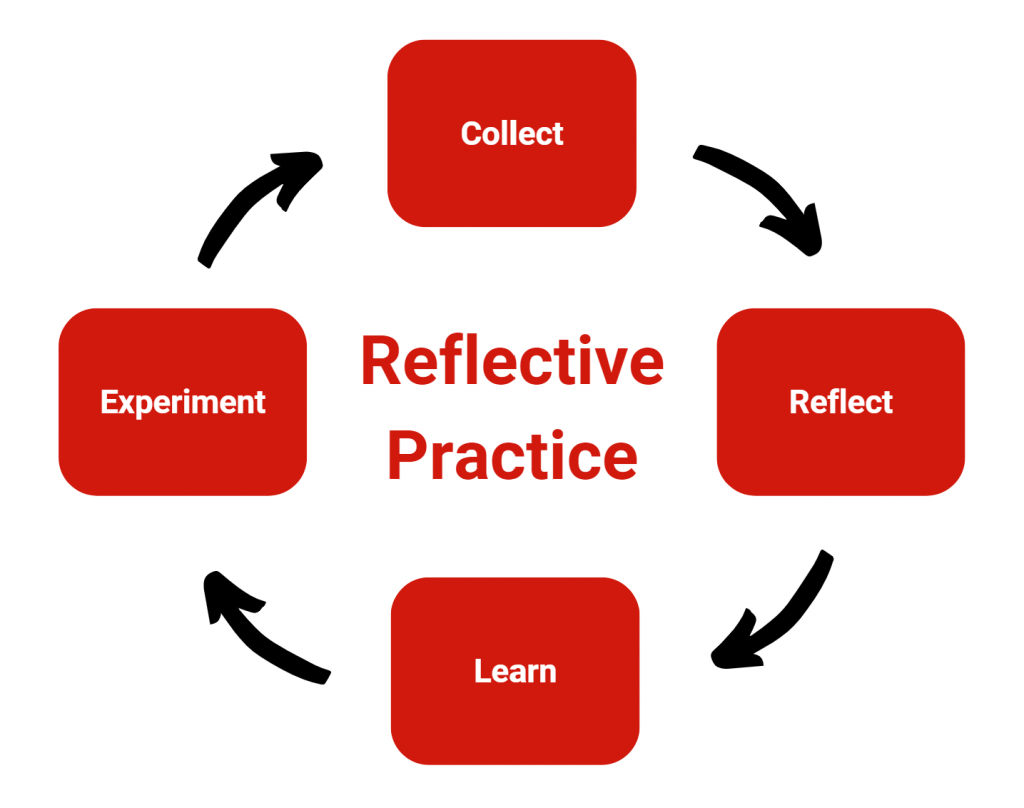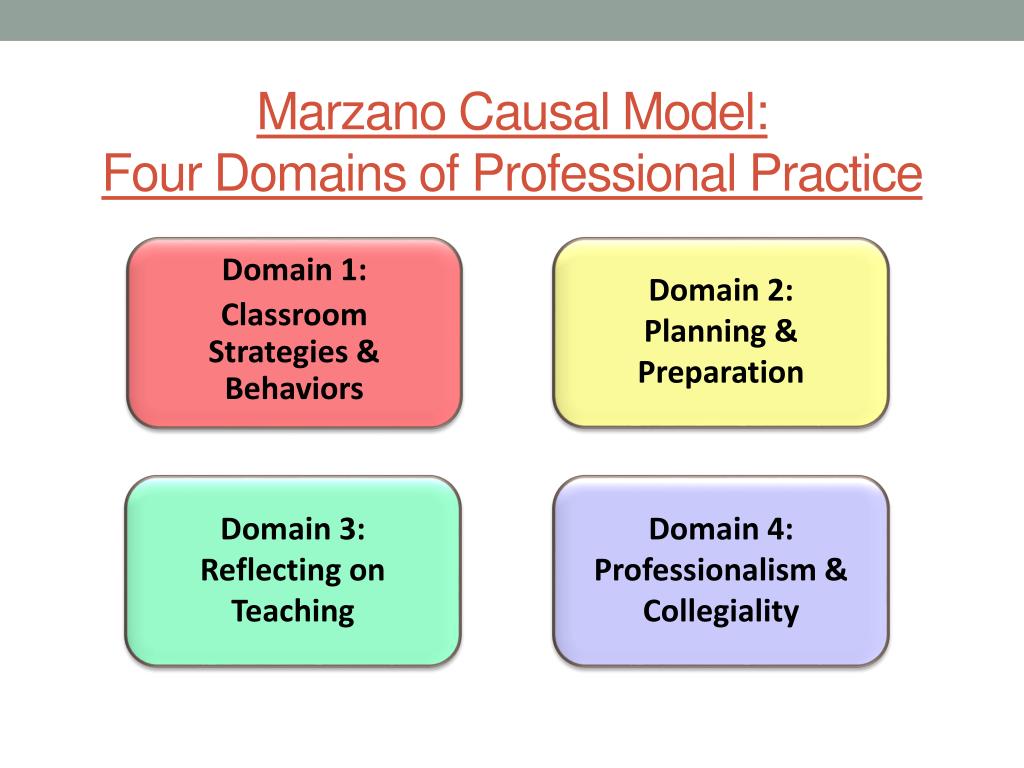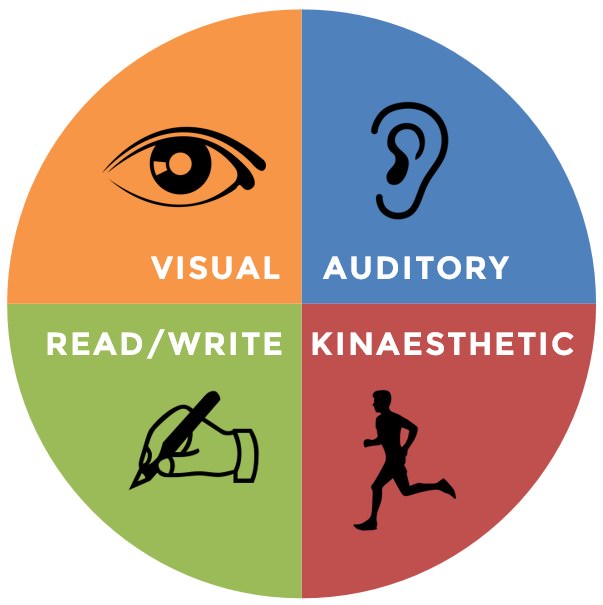
What English teaching styles suit you? – An ultimate guide
Welcome to “What English Teaching Styles Suit You? – An Ultimate Guide,” where we embark on a journey to uncover the perfect teaching approach tailored just for you. In the realm of English education, the diversity of teaching styles is as vast as the language itself. This guide aims to be your compass, navigating through the nuances of various teaching methodologies, are you ready to discover?
5 common English teaching styles

Traditional Teaching Styles:
- What it’s like: Traditional teaching is like a class where the teacher talks a lot, and students listen and memorize. It’s structured and follows specific rules.
- What happens: The teacher is in charge, and students learn grammar and rules through lectures.
Communicative Language Teaching (CLT) Teaching Styles:
- What it’s like: In this style, it’s all about talking and using English in real-life situations. It’s like learning to speak by having conversations and doing activities.
- What happens: Students are at the center, and the focus is on practical language skills. The goal is to become good at using English in everyday situations.
Task-Based Language Teaching (TBLT):
- What it’s like: Learning happens by doing tasks. It’s like learning English while working on projects or activities that need language skills.
- What happens: Students use English to solve problems and achieve goals. It’s not just about learning rules but applying them in real tasks.
Audio-Lingual Method Teaching Styles:
- What it’s like: This method focuses on listening and repeating. It’s like learning by hearing and copying, with a big emphasis on saying things correctly.
- What happens: There are lots of drills and repetition. Listening and imitating help students get the pronunciation right.
Grammar-Translation Method:
- What it’s like: This method is about learning grammar rules and translating sentences. It’s like understanding English by comparing it to your own language.
- What happens: The emphasis is on written language, and students learn grammar through translation exercises.
Want to be trained to teach? Please visit Train to Teach at Link Language Academic
How to answer the question: What English Teaching Styles suit you?

Reflect on Past Experiences to define Teaching Styles:
- Think about previous English classes or learning experiences. What teaching styles were used, and which ones did you enjoy the most?
Consider Learning Preferences:
- Reflect on how you learn best. Do you prefer interactive activities, discussions, or more structured lessons? Consider your comfort level with various learning environments.
Identify Language Learning Goals:
- Clarify your language learning goals. Are you aiming for practical communication skills, strong grammar foundations, or a balance of both?
Explore Teaching Styles:
- Research different Teaching Styles like Communicative Language Teaching (CLT), Task-Based Language Teaching (TBLT), and others. Understand the principles behind each to see which resonates with you.
Stay Open to Experimentation:
- Be open to trying different teaching styles. You might find that a combination of styles or a more eclectic approach suits your preferences.
Collect Feedback:
- Ask for feedback from students or colleagues. Their observations can provide valuable insights into your teaching style and its impact.
Adapt and Evolve your Teaching Styles:
- Teaching styles can evolve over time. Stay open to trying new approaches, adapting based on feedback, and continuously improving your practice.
Understanding Student Diversity:
- Adapt teaching styles to cater to the varied needs and strengths of learners. Employ a flexible approach that accommodates different learning styles and abilities
Cultural Sensitivity when applying Teaching Styles:
- Choose teaching styles that respect and incorporate diverse cultural perspectives. Create an inclusive environment that values and celebrates cultural differences.
Assessment Alignment:
- Ensure that the assessments used accurately reflect the skills and knowledge emphasized in the instructional approach. For example, if employing a communicative language teaching style, assessments should evaluate practical language use.
Professional Development:
- Stay informed about evolving teaching methods, educational technologies, and language acquisition research. Engage in professional development opportunities to enhance teaching skills and stay current with best practices.
Look for teaching jobs? Visit: Teach at Language Link: Apply now!
Models and Framework to define your own Teaching Styles
While there isn’t a universal blueprint for defining English teaching styles, leveraging existing frameworks and self-assessment tools can be instrumental in gaining clarity about your instructional preferences. Here are a few resources that educators can explore:
1. The Teaching Style Inventory:
- Description: This tool serves as a self-assessment mechanism for educators to pinpoint their teaching styles. While it may not be explicitly crafted for English teaching, its insights can be seamlessly applied to language instruction.
- Application: By engaging with the Teaching Style Inventory, instructors can unearth their natural tendencies, learning how they typically approach the teaching process. This awareness is a crucial first step in tailoring their methods to suit the unique demands of language education.
2. Multiple Intelligences Theory by Howard Gardner:
- Description: Howard Gardner’s Multiple Intelligences Theory identifies distinct types of intelligence, such as linguistic, logical-mathematical, interpersonal, and more. Educators can use this framework to recognize their individual strengths and preferences.

- Application: By identifying which intelligences resonate with their teaching style, educators can align their methods with their natural inclinations. For instance, if linguistic intelligence is a strength, emphasizing language-rich activities in teaching English becomes a natural fit.
3. Reflective Teaching Models:
- Description: Models like the Gibbs Reflective Cycle or Kolb’s Experiential Learning Theory promote reflective practice, encouraging educators to thoughtfully consider and learn from their teaching experiences.

- Application: While not explicitly designed for language teaching, these reflective models foster a deep understanding of one’s teaching style and its impact. By engaging in reflective practices, instructors can refine their methods over time, enhancing their effectiveness in language instruction.
4. Hattie’s Visible Learning Framework:
- Description: Developed by John Hattie, this framework synthesizes research on factors influencing student achievement. It can be used to assess the impact of various teaching strategies on learning outcomes.
- Application: Educators can use the Visible Learning Framework to evaluate the effectiveness of their teaching styles by considering which strategies have the most significant impact on student learning.
5. The Marzano Teacher Evaluation Model:
- Description: Developed by Robert Marzano, this model provides a comprehensive framework for evaluating teaching effectiveness. It encompasses various domains, including Classroom Strategies and Behaviors, Planning and Preparation, and Professional Responsibilities.

- Application: Educators can use the Marzano model to self-assess their teaching practices across multiple domains, gaining a holistic view of their instructional effectiveness.
6. The Biggs and Tang SOLO Taxonomy:
- Description: SOLO (Structure of the Observed Learning Outcome) taxonomy categorizes levels of understanding and learning outcomes. It helps educators assess the complexity of student responses and tailor teaching styles accordingly.

- Application: Educators can use SOLO taxonomy to reflect on the types of learning outcomes they aim for and adjust their teaching styles to scaffold student understanding.
7. VARK (Visual, Auditory, Reading/Writing, Kinesthetic) Learning Styles Model:
- Description: VARK categorizes learners based on their preferred learning styles: Visual, Auditory, Reading/Writing, and Kinesthetic. While originally designed for learners, educators can reflect on how their teaching styles cater to diverse learner preferences.

- Application: Educators can consider how they incorporate visual aids, auditory elements, reading/writing tasks, and kinesthetic activities in their teaching.
